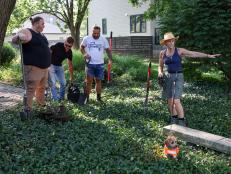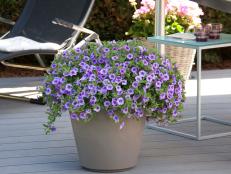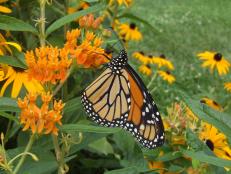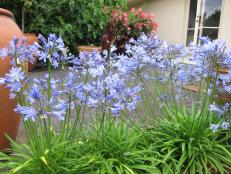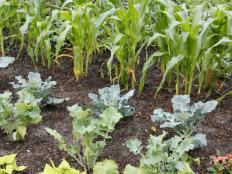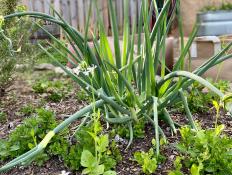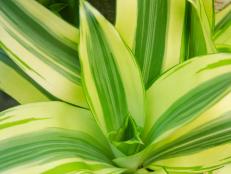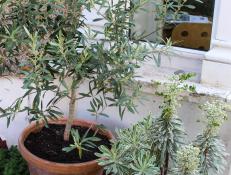12 Tips for Saving Money at the Garden Center
Learn how to green up your garden while keeping more green in your wallet.
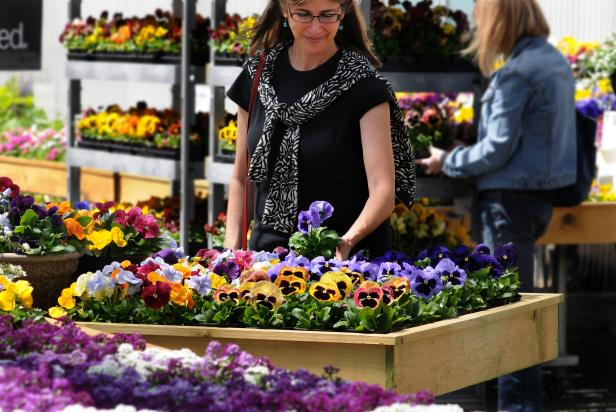
Ball Horticultural Company
Take a look outside at your flowers, trees, shrubs and grass. Do you see $407?
That's what a National Gardening Survey saw when it looked at how much the average U.S. household spent on its lawn and garden in 2016. Of course, a lot of gardeners aren't average. We’re passionate about plants, with big appetites for orchids and roses, manicured lawns, and cool accessories like solar-powered path lights and handmade Italian pots.
Actually, there's nothing wrong with that (as long as you're not spending the kids' lunch money). Gardens are meant to be enjoyed. But if your budget needs pruning, and you’d like to keep a little more green in your wallet, we’ve got some shopping tips that can help.
1: Start With a List
It’s easy to overbuy at the grocery store; you stop in for milk and wind up filling your buggy. It’s hard to pass up all those plants at the nursery, too. Before you leave home, estimate how many zucchinis you really need to feed your family (probably just one), or how many begonias will fit in your mailbox bed. Then stick to your shopping list.
2: Look for Mark-Downs
Some garden centers hustle plants that are past their prime to the back of the store. You can find good deals, although your choices are likely to be limited. The key is to be flexible, so you’ll be happy with a cheap geranium, even if you can’t tell what color it is. But don’t buy just because a plant is discounted. It’s not a bargain if you don’t have the right place to put it.
Also, skip the sad plants. Some things on the discount rack won’t recover, no matter how much TLC you give them. Those with brown or yellow leaves are usually headed for the compost bin (unless the leaves are supposed to be yellow), and while root-bound plants may survive, they seldom thrive. If you’re not sure how long a plant has been growing in its pot, turn it on its side, gently tap the bottom, and slide it out. Give it a pass if the roots are tangled in a tight ball.
3: Save With Perennials
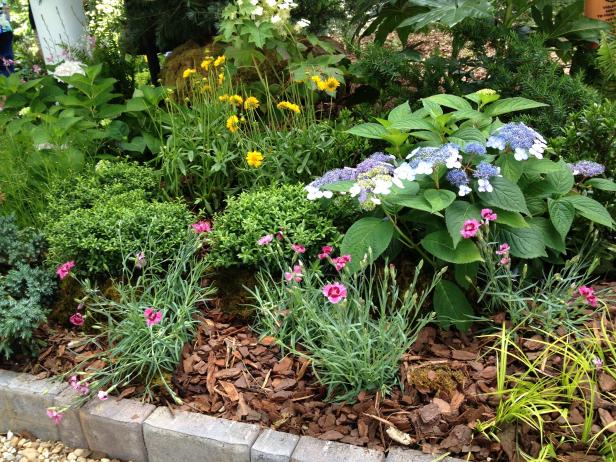
Lynn Coulter
If you've got a big space to fill, and you're on a budget, try fast-growing hydrangeas, or pinks (dianthus) that will eventually cover the ground. (You can find dwarf hydrangeas for small spaces.)
Annuals are a great choice for fast, easy color, but perennials stretch your gardening dollars by coming back year after year. Even short-lived perennials like columbines are a good choice if they drop seeds and self-sow.
4: Divide and Conquer
Perennials that you can divide, like daylilies and Siberian iris, are also a smart buy. Containers of multiple annuals are also a good deal. You may find these when several seeds sprout in the same pot. If the seedlings have good root systems, you can separate and transplant them. Just don’t try this if the roots are thin and thread-like, or the little plants will probably perish.
5: Choose Seeds
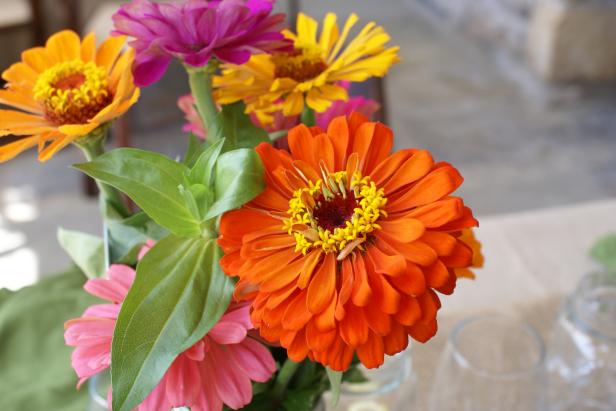
Lynn Coulter
Zinnias are among the easiest flowers to grow from seed, and varieties like 'Cut and Come Again' bloom prolifically until frost.
Buy seeds, instead of potted plants. If you get 50 seeds in a packet, you've got the potential to grow 50 plants (although not all seeds will germinate). Some seeds, like zinnias, morning glories and sunflowers, come up fast and are easy to grow.
6: Save Your Receipt
Speaking of plants that die: save your receipts. Some companies will replace plants that die within, say, the first six months. Ask about a guarantee. Ideally, it will be written on your receipt.
7: Shop at the End of the Season
Nurseries and garden centers often cut prices at the end of the growing season, so they’re not stuck with a lot of inventory. Before you buy, find out how to care for these leftovers, so you don’t spend your money on something that won't get established before cold weather sets in.
8: Be a Loyal Shopper
Find out if your favorite store offers a loyalty program for gardeners, and sign up to receive discounts, coupons or news about special promotions.
9: Buy in Bulk
Warehouse shoppers save money by buying in bulk, although it can take a long time to use up an enormous bottle of mustard or barbecue sauce. Flats of plants are usually cheaper, too. If you don’t have room for 18 marigolds or vincas (a standard flat holds 18 plants), team up and ask another gardener to go in with you.
10: Buy Small
Opt for smaller sizes of perennials, flowering shrubs, trees and other plants. Unless they’re especially slow-growing, they’ll soon catch up with their bigger, more expensive, bigger relatives.
11: Buy Bare Roots
Buy bare root trees, roses and shrubs. They're less expensive than potted plants and they’re sold while they’re dormant, which lessens the shock of transplanting and makes them more likely to survive.
12: Shop Around
Check for competitive prices at your local hardware or feed-and-seed store when you’re in the market for a new shovel, hand tools, bulk garden seeds or fertilizer.








